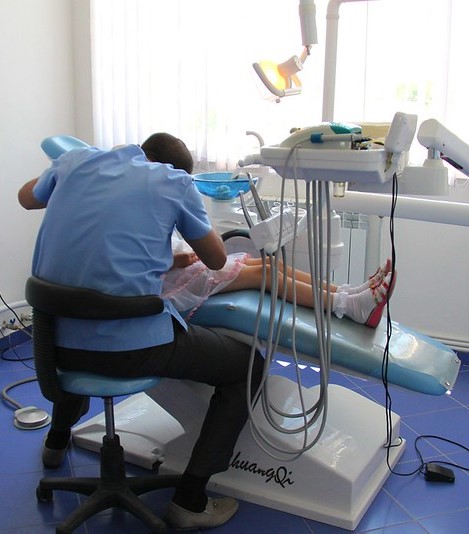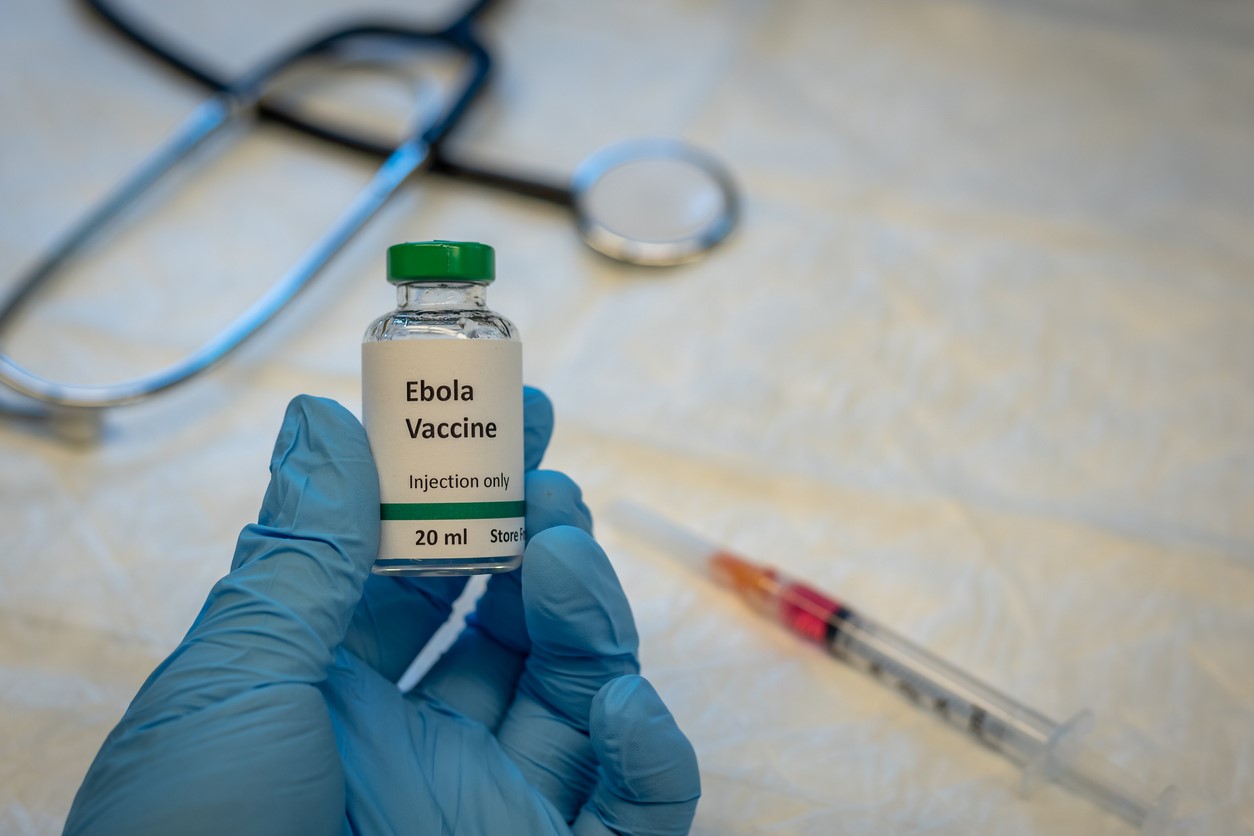
Inappropriate dental antibiotic prescriptions to prevent infective endocarditis cost the US healthcare system nearly $31 million a year, according to a modeling study published today on Infection Control & Hospital Epidemiology.
Although guidelines from the American Heart Association and the American Dental Association limit the use of prophylactic antibiotics to prevent infective endocarditis to those with cardiac conditions at highest risk, research has shown that 83.1% of dental antibiotics prescribed for that reason are inappropriate.
To estimate the costs associated with this practice, researchers used 2018 US Census data on adults aged 18 and older who had a dental visit with an antibiotic prescribed and on the reported incidence of infective endocarditis among those without predisposing cardiac conditions who underwent dental procedures. They calculated drug costs; adverse event costs associated with prescriptions of amoxicillin, cephalexin, and clindamycin; and out-of-pocket costs (co-pays).
About 5% of patients get preventive antibiotics
In their base case, 167 million US adults have a dental visit each year, and 7.9 million (4.8%) receive prophylactic (preventive) antibiotics. They calculated that if 83.1% of those prescriptions are inappropriate, antibiotic costs for the healthcare system would amount to $2.69 million, and costs of adverse events (eg, Clostridioides difficile and hypersensitivity) would amount to $5.82 million for amoxicillin, $1.99 million for clindamycin, and $380,849 for cephalexin. Patient out-of-pocket expenses for the antibiotic prescriptions would total $20.5 million.
Dentists account for 6%–10% of all antibiotic prescriptions in the United States.
The researchers also estimated that, without any inappropriate dental antibiotic use for infective endocarditis, there would be roughly three excess cases of infective endocarditis a year, costing $131,149.
"Overall, while the estimated costs associated with inappropriate antibiotic use in dentistry may not be significant, dentists account for 6%–10% of all antibiotic prescriptions in the United States, resulting in a nontrivial burden of preventable adverse effects," the study authors wrote.

 A pilot study conducted at an academic medical center highlights the benefits of direct review of antibiotic prescriptions by pharmacists, researchers
A pilot study conducted at an academic medical center highlights the benefits of direct review of antibiotic prescriptions by pharmacists, researchers 














